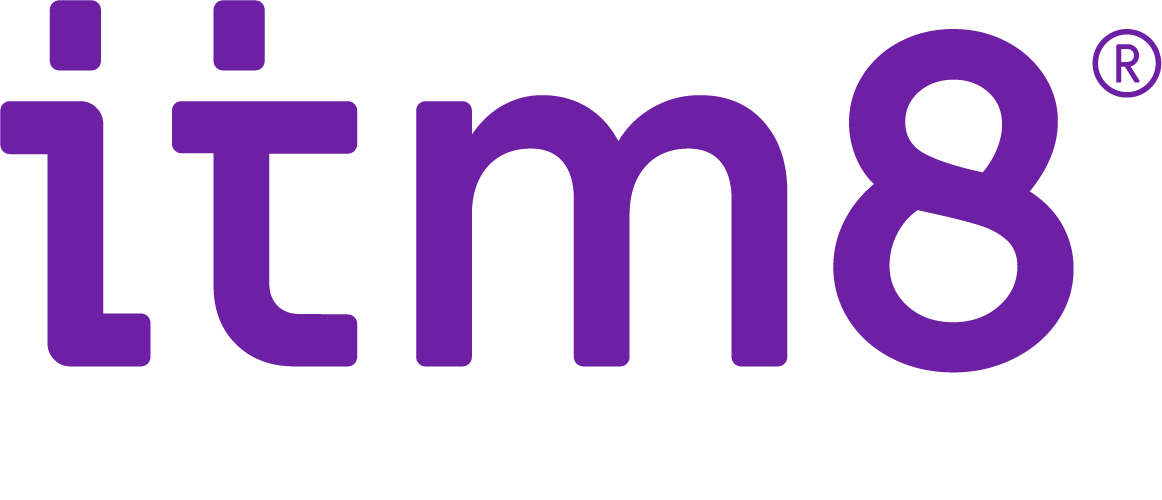Så hämmar mejl- och dokumentkaoset ert samarbete på arbetsplatsen
lästid I minuter: 2
FXA 2018-okt-22 09:33:00
Handen på hjärtat, jobbar du och dina kollegor så effektivt som ni skulle kunna? Använder ni rätt verktyg för att dela information för smidigt samarbete på arbetsplatsen och därigenom skapa största möjliga nytta för företagets utveckling?
Utan rätt digitala stöd och verktyg är risken stor att tid läggs på onödigt merarbete som bara stjäl tid från det som egentligen är viktigt. Vi tittar närmare på tre vanliga tidstjuvar som dyker upp på många företag.
Tidstjuv #1: Vi drunknar i mejl – men saknar information
Rätt använd är mejl en snabb och effektiv kommunikationskanal, men det betyder inte att det alltid är det bästa sättet för samarbete på arbetsplatsen. En av anledningarna är att vi ofta mejlar fler personer än vad vi egentligen behöver. Det är ju så enkelt att lägga till några extra namn på sändlistan för att vara säker på att ingen lämnas utanför.
Problemen börjar om flera personer som får mejlet svarar och dessutom gör det till hela sändlistan. Plötsligt multipliceras antalet mejl med antalet mottagare till det första mejlet. Ställer du en fråga i mejlet har du snart ett antal svar som cirkulerar runt i arbetsgruppen.
Väljer sedan några mottagare att i sin tur skicka frågan som ställdes i mejlet vidare växer antalet mejl explosionsartat när konversationen grenar ut sig. Ett mejl som ursprungligen skickades till 10 mottagare har snabbt resulterat i 400 mejl kors och tvärs i organisationen. Att i efterhand försöka spåra konversationen och komma fram till en samlad slutsats till frågan som ställdes blir minst sagt en utmaning.
Med ett överflöd av mejl blir det svårt att få en överblick över vilka som är relevanta och som förtjänar uppmärksamhet. Risken är stor att vi tvingas sålla bland en himla massa mejl men ändå upplever att vi inte får den information vi behöver.
Tidstjuv #2: Vi delar dokument – men delar dem ändå inte
Säg att du väljer att bifoga dokument till ditt mejl och ber om återkoppling – då får utmaningen en ny dimension. Kanske har du finslipat säljpresentationen eller budgetunderlaget du arbetat på och ber nu kollegorna om input. När flera personer tar sig an uppgiften och börjar redigera dokumentet eskalerar den kommunikativa utmaningen ytterligare. Vem håller koll på vilken version av dokumentet som är aktuell och vem som jobbar i det just nu?
De flesta av oss arbetar tillsammans med våra kollegor i olika former av projekt. Ofta delar vi också delar dokument med varandra. Trots det har förvånansvärt få företag en strategi för hur samarbetet kring gemensamma dokument ska fungera. Istället mejlas dokument runt i organisationer. När bilagan hämtas är det inte ovanligt att varje kollega har sin egen plats och egen struktur där det sparas ner. Kanske har företaget en gemensam server där vissa dokument sparas. Kanske väljer några medarbetare att först arbeta på dokumentet mot en egen hemkatalog innan de delar det vidare. Andra kanske väljer att spara filerna på en gemensam Dropbox eller OneDrive.
Att hålla koll på viktiga dokument är en utmaning – att veta var de finns lagrade, i vilken struktur och inte minst vilken version av dokumentet som är det senaste.Resultatet blir ännu en tidstjuv när onödigt mycket tid läggs på att leta efter dokument och annan information som vi vet finns någonstans.
Tidstjuv #3 – Våra dokument och filer får ett eget liv!
När flera personer jobbar på samma dokument, utan att ha en gemensam lagringsstrategi eller plan för versionshantering, dyker ännu en tidstjuv upp.
Kanske sitter två kollegor och uppdaterar samma text i varsin parallell version. Kanske korrar en tredje person den ursprungliga texten. Dubbelarbete kostar tid och pengar och riskerar att leda till stor frustration i arbetsgruppen. För precis som antalet mejl ökar exponentiellt när det förgrenar sig i organisationen, förstärks utmaningen när medarbetarna skickar sina respektive versioner vidare för att be om input från ytterligare kollegor. Det som ursprungligen var ett dokument blir successivt fler kopior allt eftersom de bearbetas av olika medarbetare. Till dubbelarbetet, när flera personer utför samma arbete ovetandes om varandra, läggs nu också utmaningen i att sammanställa en slutversion som alla är överens om.
——


